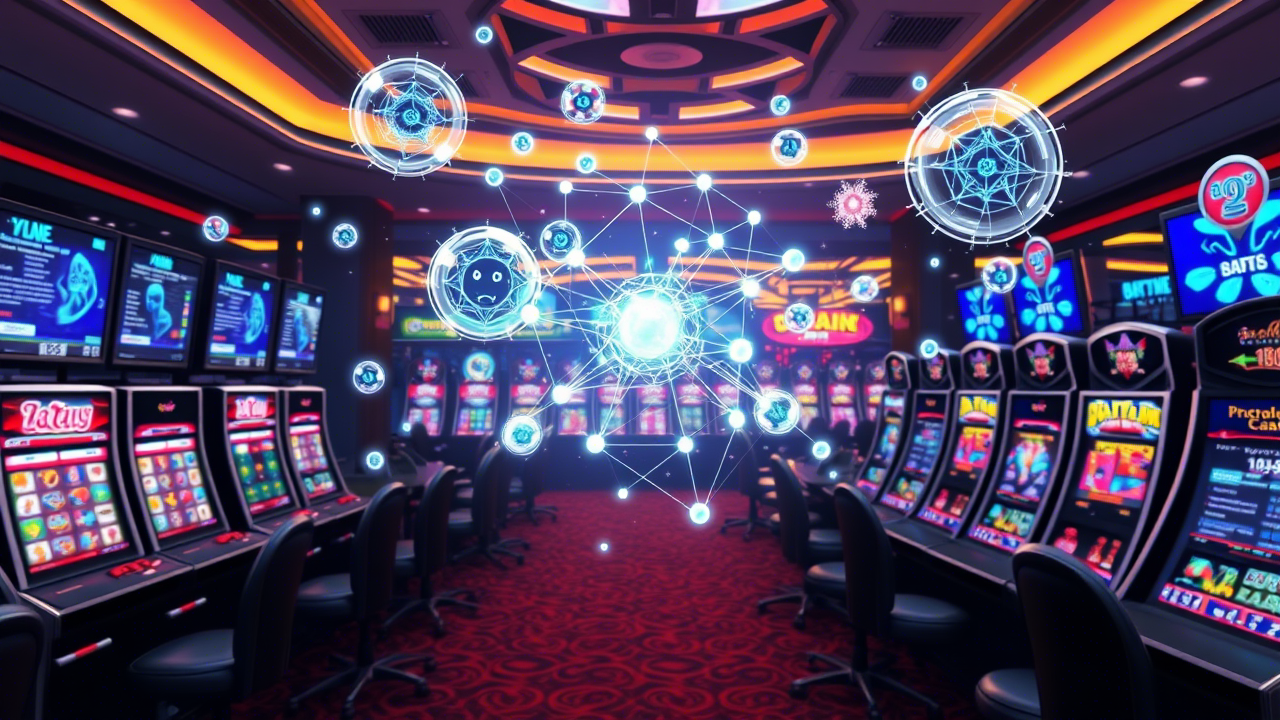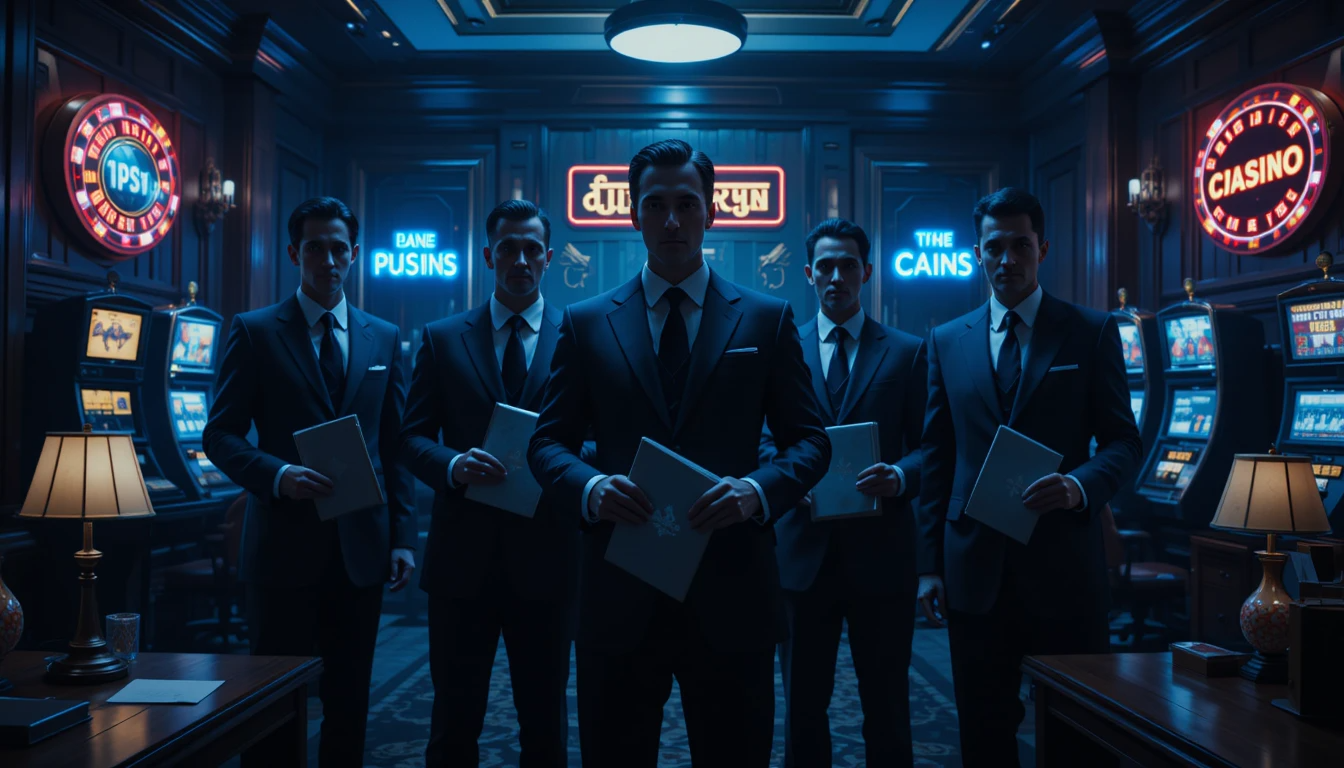🎰 The Slots You Spin Have a Secret Life
For most players, slot games are all flashing lights, catchy soundtracks, and adrenaline-pumping jackpots. But behind every spin lies a complex, months-long journey involving data science, regulatory hurdles, psychological triggers, and a surprising amount of artistry.
From ideation to launch, the process of building a slot game is a tightly choreographed dance between math nerds, UX designers, compliance officers, and creative misfits—all working to create a game that can live (and profit) for years in a saturated market.
So, what really happens before a slot ever appears in your favorite online casino?
We went behind the curtain.
🧠 Step 1: The Spark — Ideation & Market Research
The process begins with a simple, deceptively difficult question:
“What kind of slot game will players actually want to play next year?”
Every studio—from behemoths like NetEnt and Pragmatic Play to niche outfits like Hacksaw Gaming—starts with market analysis:
- Which themes are trending? (e.g. mythology, heists, post-apocalyptic)
- What mechanics are popular? (e.g. Megaways, Hold & Win, cluster pays)
- How are competitors performing?
- What’s hot in specific markets like LatAm or Nordics?
User behavior data is critical here. Studios pore over clickstream data, win/loss ratios, and retention curves to identify gaps in the market.
Then come the pitch meetings: dozens of rough ideas get thrown around—some inspired by pop culture, others by mechanics.
“Let’s do a Viking slot with exploding runes.”
“How about a 6-reel game that mimics social media swiping?”
“We need a low volatility slot for the German market.”
Eventually, a handful make it past the concept board. From here, the real work begins.
📊 Step 2: The Brains — Game Mechanics & Math Model
Every slot has a soul, and it’s not the artwork. It’s the math model—a statistical engine that determines:
- RTP (Return to Player), typically 94–97%
- Volatility, i.e., how often and how big players win
- Hit frequency
- Bonus triggers
- Symbol payouts
A game mathematician or RTP engineer develops a blueprint—a detailed spreadsheet (or simulator) that dictates exactly how the slot behaves over millions of spins.
This model is the most protected IP in the business.
Studios simulate billions of theoretical spins to ensure fairness and regulatory compliance, but also to engineer excitement:
- Does the game keep players engaged for 50+ spins?
- Are the bonuses juicy enough to tweet about?
- Is the base game fun without needing constant features?
This phase can take weeks—and is often revised after visuals or gameplay feedback.
🎨 Step 3: The Skin — Art, Animation, and Theme Building
With a math model approved, the creative team gets to work.
Depending on the theme, a slot’s visual identity can include:
- 2D or 3D symbol design
- Backgrounds, often multiple for bonus rounds
- Custom animation rigs
- UI/UX overlays, especially for mobile versions
Audio designers create loops, win jingles, and dynamic effects that respond to spin outcomes. Everything must reinforce the emotional arc of the game:
- Calm during spins
- Tension before a bonus
- Explosive joy on big wins
Studios often A/B test music and graphics early using prototype demos.
Pro tip: Asian-themed slots use red, gold, and gong sounds not by accident—but because they subconsciously signal luck, prosperity, and safety in target markets.
🧪 Step 4: The Balance — Testing & QA Gauntlet
Once a playable build is ready, it goes through rigorous internal QA (Quality Assurance) and regulatory testing.
What gets tested:
- RNG integrity (is it really random?)
- Bonus frequency matching theoretical model
- Graphics rendering across thousands of devices
- Load times, memory usage, and crash behavior
- Compliance with jurisdictional rules (UKGC, MGA, Curacao, etc.)
In markets like the UK, even the font size of the RTP display can trigger a rejection.
One studio exec told us:
“We once got flagged because our ‘win meter’ covered part of the responsible gaming banner on mobile portrait mode.”
Some studios outsource compliance testing to third parties like GLI or eCOGRA, while others have in-house teams.
This is the phase where many games die. Math issues, unbalanced bonus mechanics, or just poor player testing scores can send a project back to square one.
🌍 Step 5: The Red Tape — Licensing & Integration
With testing cleared, the slot is ready for certification and deployment. This involves:
- Submitting the game to multiple regulators
- Integrating with casino platforms and aggregators (e.g., EveryMatrix, SoftSwiss)
- Ensuring multi-language and multi-currency support
- Adding responsible gaming tools
Most importantly, studios have to decide how to roll the game out:
- Exclusive with one operator first (e.g., Bet365)?
- Mass release across all partners?
- Staggered launch by region?
Some studios negotiate marketing packages, where operators commit to promoting the game in exchange for early access.
Meanwhile, backend tech like real-time analytics, crash reporting, and player behavior heatmaps are quietly plugged in.
🚀 Step 6: The Launch — Promotions, Analytics & Tweaks
The game launches.
For the next few days, developers are glued to:
- Spin volumes across countries and devices
- Drop-off rates (do players quit early?)
- Bonus round access frequency
- Game crash logs
Operators may run:
- Free spin promotions
- Slot tournaments
- Email blasts to loyal users
- Banner placements in high-traffic sections
If performance tanks, the studio may quietly pull the game or patch it. If it soars, it may get a reskin, new version, or expansion within months.
Case in point:
NetEnt’s Gonzo’s Quest became so iconic it was turned into:
- A VR version
- A Megaways variant
- A live dealer hybrid (Gonzo’s Treasure Hunt)
💡 Hidden Challenges Most Don’t See
1. Localization Nightmares
Translating slot games isn’t just about language. You have to adjust:
- Symbol meanings (a skull might mean luck in Mexico, death in Germany)
- Audio cues
- Payout behaviors (some countries prefer low volatility)
2. IP Licensing
Want to build a slot based on a movie, sport, or brand? Studios must license IP—sometimes spending millions before a single spin happens.
3. Anti-Fraud and Responsible Gaming Tools
Modern slots are increasingly integrated with tools to:
- Detect compulsive behavior
- Alert operators of abuse
- Limit session lengths for certain markets
4. Mobile Optimization
More than 70% of spins now happen on mobile. Designing a game that loads fast, works offline, and doesn’t overheat devices is a must.
🧬 The Anatomy of a Hit Slot Game
Here’s what a typical winning formula looks like in 2025:
| Feature | Why It Works |
| ✅ High-Impact Visuals | Eye-catching animation grabs attention |
| ✅ Easy-to-Understand Base Game | Keeps casual players engaged |
| ✅ Unique Bonus Mechanic | Encourages deep session play |
| ✅ Medium to High Volatility | Big win potential hooks thrill seekers |
| ✅ < 5 Second Load Time | Mobile-ready, frictionless experience |
| ✅ Regional Theming | Tailors appeal to specific markets |
| ✅ Full Compliance | No regulatory headaches for operators |
🗣️ Voices from the Studio Floor
Elena Voronova, Game Designer at a Malta-based studio:
“People think it’s all about jackpots. But the first 10 spins must tell a story—that’s what keeps players.”
Jordan Reyes, Slot Math Consultant:
“We’re basically emotion engineers. Every win, near miss, and bonus tease is deliberate.”
Mike Tang, Commercial Lead at Aggregator Platform:
“A game’s success often depends more on launch marketing and operator push than the mechanics. It’s showbiz meets science.”
📌 Final Thoughts
Behind every spin is a silent war of algorithms, psychology, design, and compliance. The games we binge on autoplay didn’t appear by magic—they were engineered over months, iterated obsessively, and launched with surgical precision.
So the next time you land three wilds and trigger a bonus round, take a moment.
You’re not just gambling. You’re experiencing the result of a 100-person orchestra, all playing in sync to build the illusion of luck, fun, and fate.











